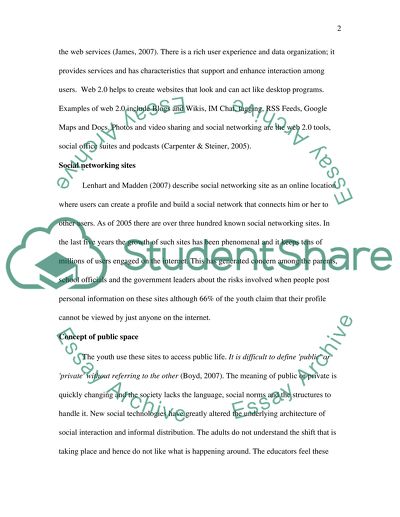Cite this document
(“Possible Danger of Posting Personal Information in Networking Research Paper”, n.d.)
Possible Danger of Posting Personal Information in Networking Research Paper. Retrieved from https://studentshare.org/information-technology/1542807-research-essay-50
Possible Danger of Posting Personal Information in Networking Research Paper. Retrieved from https://studentshare.org/information-technology/1542807-research-essay-50
(Possible Danger of Posting Personal Information in Networking Research Paper)
Possible Danger of Posting Personal Information in Networking Research Paper. https://studentshare.org/information-technology/1542807-research-essay-50.
Possible Danger of Posting Personal Information in Networking Research Paper. https://studentshare.org/information-technology/1542807-research-essay-50.
“Possible Danger of Posting Personal Information in Networking Research Paper”, n.d. https://studentshare.org/information-technology/1542807-research-essay-50.


